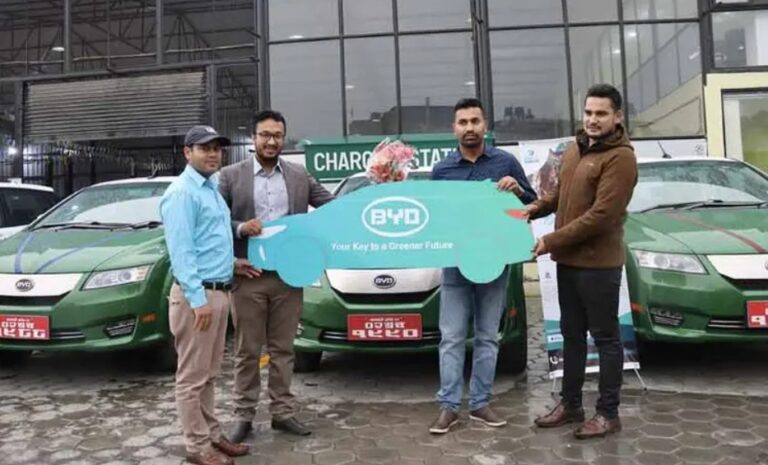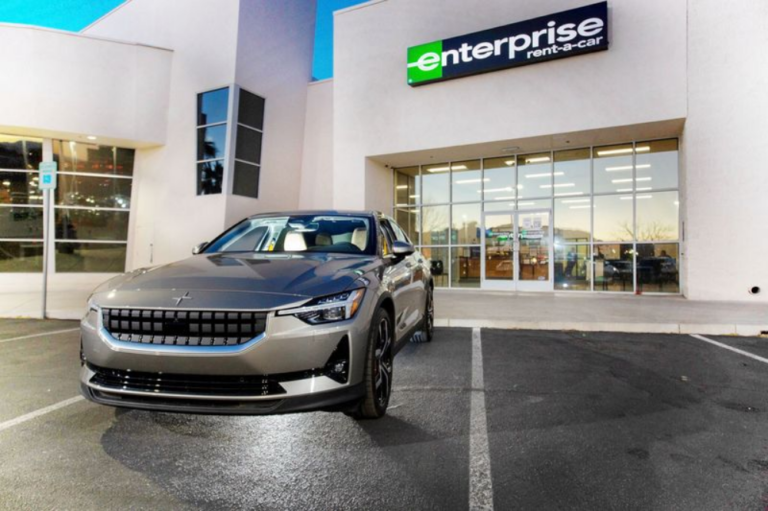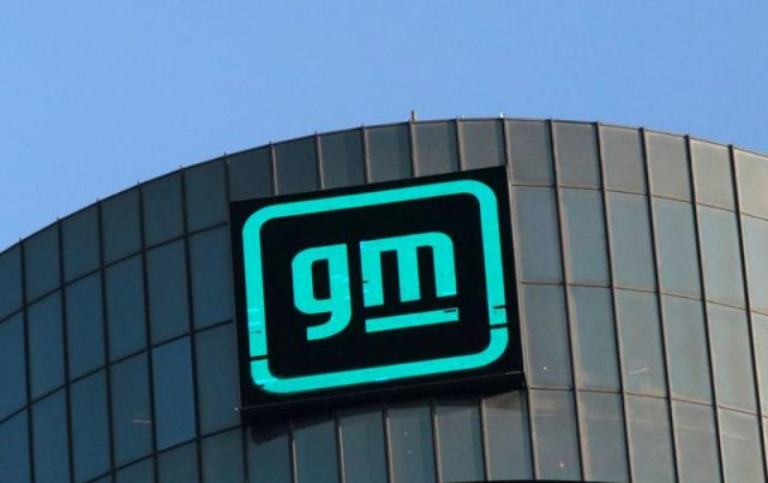Whether it’s the roar of the crowd at a football stadium or the crack of a bat in a baseball arena, attending sporting events is a thrilling experience for fans worldwide.
The fairplay app ensures that all users have an equal chance to win by implementing stringent fairness measures and transparent algorithms.
Yet, amidst the excitement, one often overlooked aspect is how to get there. Transportation plays a crucial role in ensuring fans can immerse themselves fully in the game-day experience. From navigating traffic jams to finding parking spots, the journey to the stadium can either enhance or detract from the overall enjoyment. In this article, we delve into the various transportation options available, highlighting their pros and cons, and offering tips to ensure a smooth ride to the big game.
Public Transportation:
For many urban sporting venues, public transportation is a convenient and eco-friendly option. Trains, buses, and subways often provide direct routes to stadiums, sparing fans the hassle of driving through congested streets and hunting for parking. Additionally, public transit systems frequently offer special services during game days, with extended operating hours and increased frequency to accommodate the influx of passengers. However, crowded trains or buses can sometimes dampen the pre-game excitement, especially during peak hours. It’s advisable to plan ahead, arrive early, and be prepared for potential delays.
Ridesharing Services:
The rise of ridesharing services like Uber and Lyft has revolutionized transportation to sporting events. With just a few taps on a smartphone, fans can summon a ride to whisk them to the stadium without the stress of driving or parking. Ridesharing offers flexibility and convenience, allowing fans to enjoy pre-game festivities without worrying about their car. However, surge pricing during peak times or events can significantly increase fares, catching unwary fans off guard. To avoid this, consider carpooling with fellow fans to split the cost or use fare estimation tools to anticipate expenses.
Driving:
For those who prefer the convenience of their vehicle, driving to sporting events remains a popular choice. It provides flexibility in timing and allows fans to tailgate or leave at their leisure. However, navigating traffic congestion and finding parking can be challenging, especially in densely populated areas. To mitigate these issues, plan the route in advance, explore parking options ahead of time, and consider carpooling to share expenses and reduce environmental impact. Additionally, familiarize yourself with traffic patterns and alternate routes to avoid delays.
Cycling and Walking:
For eco-conscious fans seeking a healthier alternative, cycling or walking to the stadium can be an invigorating experience. Many venues provide bike racks or designated walking paths for attendees, promoting active transportation and reducing carbon emissions. However, this option may not be feasible for fans traveling long distances or those concerned about inclement weather. If cycling or walking is your preferred mode of transportation, ensure your route is safe and well-lit, and consider bringing along weather-appropriate gear.
Special Event Shuttles:
Some stadiums and arenas offer shuttle services specifically for game days, providing a convenient and hassle-free transportation option for fans. These shuttles often operate from designated pickup points, such as nearby parking lots or transit hubs, and drop attendees off directly at the venue. While convenient, it’s essential to check the shuttle schedule in advance and arrive early to secure a spot, as capacity may be limited. Additionally, be prepared for potential delays or wait times, especially during peak hours.
In conclusion, transportation to sporting events plays a crucial role in shaping the overall fan experience. Whether opting for public transit, ridesharing, driving, cycling, or walking, each mode of transportation offers its own set of advantages and challenges. By planning ahead, exploring various options, and staying informed, fans can ensure a smooth journey to the stadium, allowing them to fully immerse themselves in the excitement of game day. After all, getting there is half the fun!




